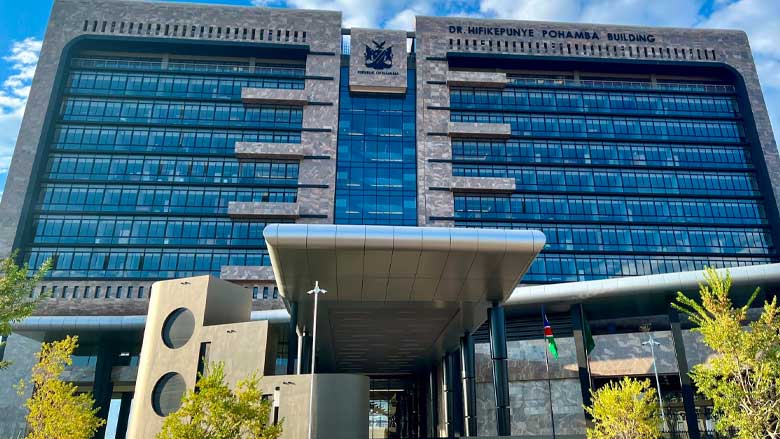Over the past decade, Namibia has built an efficient and accessible home-grown identity management system and achieved near-universal birth and death registration coverage (88% and 94%, respectively). In Madagascar, on the other hand, the coverage of birth registration has decreased from 80% in 2009 to 74% in 2021, diminishing access to critical health, education, banking, and social protection services for a substantial portion of the population.
With the World Bank-supported Digital Governance and Identification Management System (PRODIGY) Project, the Government of Madagascar aims to ensure universal birth registration and identity coverage while keeping capital and operational costs low, especially given the challenges of low digital literacy and mobile connectivity in the country. While Namibia is wealthier, larger, and more sparsely populated, its homegrown solutions offer us lessons and advice for the work in Madagascar, given that both countries aim for a strong civil registry as the foundation for identity management.
Recently, and supported by the PRODIGY Project, a team of Malagasy officials visited Namibia to learn from its experience. The study trip highlighted several good practices that can contribute to the coverage and resilience of the civil registration (CR) and identification (ID) system in challenging environments and I share those below.
Linking civil registration and ID processes
In Namibia's new system, all vital events are centralized and all relevant identity data is housed in a single database, the National Population Register (NPRS). There is no separate identity management system. The government has also implemented e-birth and e-death reporting platforms in almost all health facilities, police mortuaries, and civil registry offices to enable real-time reporting to the NPRS.
In Madagascar, the government has also opted for close integration of the civil registration and identification systems. One agency, the Centre National de l'État Civil et de l'Identité (CNECI), will manage the civil registration and identification databases and facilitate integration and interoperability between them. The issuance of a Unique Identification Number (UIN) from birth will allow for a single personal record in the civil registration and civil identification system.
Simplifying processes based on user needs
In Namibia, civil registration processes were simplified and streamlined before applying technology. Similarly, the new CR and ID systems in Madagascar are being designed to support a combination of standardized analog and digital processes, given that two-thirds of CR offices do not have stable access to the internet. In areas without reliable connectivity, an offline application that is able to exchange data with the central CR database when a connection is available, will register births and assign UINs to newborns.
Placing the civil registry at the center of the government's interoperability data layer
Until 2011, Namibia's electronic civil registration system consisted of multiple siloed databases (one per registry) with weak links and complex cross-checks. By adopting the Estonian open-source software called X-Road, the NPRS now seamlessly links functional public and private sector registries, making identity verification easier and faster. During the COVID-19 crisis, the NPRS was used to validate identity data for the administration of emergency income support for the unemployed. To facilitate data sharing with the private sector and achieve broader ID interoperability, Namibia is now working on a new legal framework to address data protection and privacy concerns and protect against misuse of information by government institutions or third parties.
In Madagascar, the government is also developing an interoperability platform based on X-road, to enable the rapid and secure exchange of data between different government information systems (read more in this blog). The CR and ID databases, core layers of the platform, will enable interoperability with the national social registry to help quick and accurate identification and targeting of the most vulnerable households for social protection and other services.
“Being able to draw relevant lessons from Namibia’s reform trajectory is an undeniable opportunity for Madagascar, especially to inform the design choices of our new ID management system. Furthermore, the success of the Namibian system also reinforces our choice to integrate the CR and ID processes,” said Holy Volana Rakotonirina, the Director General of the Centre National de l'État Civil et de l'Identité (CNECI) of Madagascar.
In fact, many low- and middle-income countries have adapted digital and non-digital innovations to support CR and ID management reforms. Exchanges, such as the recent one between Madagascar and Namibia, can catalyze the flow of such innovations to rapidly achieve the Sustainable Development Goal (SDG) Target 16.9 of universal legal identity for all.



Join the Conversation